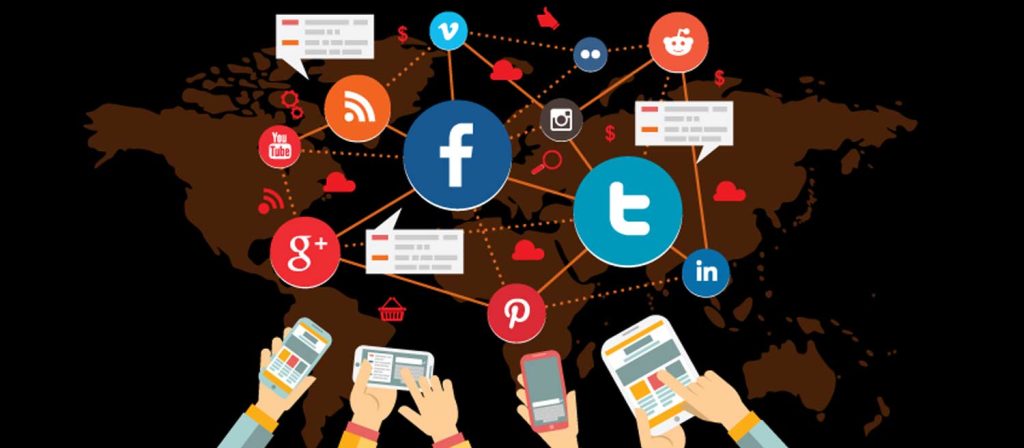The rapid advancements in quantum computing are revolutionizing various industries, but they also pose significant risks to current cryptographic systems. As quantum computers become more powerful, they could potentially break the encryption methods that secure sensitive information on the internet today. This looming threat has led to the development of quantum-safe cryptography, which aims to protect data from quantum attacks and ensure the security of digital communications in the post-quantum era.
Current encryption systems, such as RSA and ECC (Elliptic Curve Cryptography), rely on the difficulty of factoring large prime numbers or solving discrete logarithm problems. These tasks are computationally infeasible for classical computers, making them secure against conventional attacks. However, quantum computers, with their ability to perform complex calculations exponentially faster than classical computers, could break these encryption methods. For instance, Shor’s algorithm, a quantum algorithm, can factor large numbers exponentially faster than the best-known classical algorithms, rendering RSA and ECC vulnerable to quantum attacks.
Quantum-safe cryptography, also known as post-quantum cryptography, is designed to resist quantum computing attacks. Researchers are exploring various cryptographic techniques that can withstand the power of quantum computers. One promising approach is lattice-based cryptography, which relies on the hardness of certain mathematical problems related to lattices, making it resistant to both classical and quantum attacks. Lattice-based cryptography has gained significant attention due to its versatility, efficiency, and strong security guarantees.
Another approach being explored is code-based cryptography, which relies on the difficulty of decoding random linear codes. Code-based systems, like the McEliece cryptosystem, have been around for decades and are considered resistant to quantum attacks. Although they require larger key sizes compared to traditional cryptographic methods, they offer a high level of security in a post-quantum world.
Multivariate polynomial cryptography is another promising candidate for quantum-safe encryption. It involves solving systems of multivariate polynomial equations, a problem that is believed to be hard for both classical and quantum computers. Although this method has faced some challenges in terms of efficiency and implementation, ongoing research aims to improve its practicality and security.
Quantum key distribution (QKD) is a different approach that leverages the principles of quantum mechanics to ensure secure communication. Unlike classical cryptographic methods, QKD allows two parties to share a secret key over an insecure channel with the guarantee that any eavesdropping attempt would be detected. While QKD offers unconditional security based on the laws of physics, it requires specialized hardware and is currently limited by distance and infrastructure challenges.
The transition to quantum-safe cryptography will not happen overnight. It involves significant challenges, such as updating existing protocols, ensuring interoperability, and minimizing the impact on system performance. The National Institute of Standards and Technology (NIST) is leading an initiative to standardize post-quantum cryptographic algorithms, with the goal of creating widely adopted quantum-safe standards that can replace current encryption methods.
As quantum computers continue to advance, organizations need to start preparing for the post-quantum era. This includes assessing their current cryptographic infrastructure, identifying potential vulnerabilities, and developing strategies to migrate to quantum-safe solutions. The timeline for quantum computers breaking existing encryption is uncertain, but proactive measures are essential to ensuring the long-term security of sensitive information and digital communications.
From Our Editorial Team
Our Editorial team comprises of over 15 highly motivated bunch of individuals, who work tirelessly to get the most sought after curated content for our subscribers.



